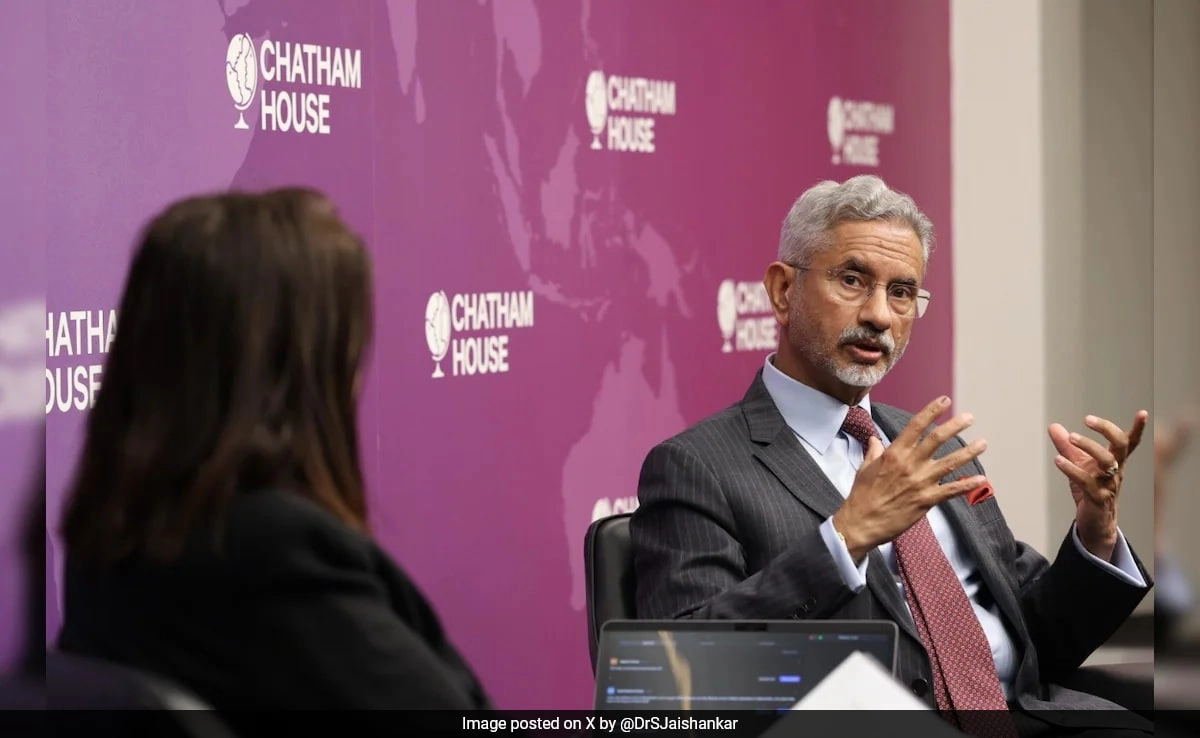The Yamuna River in Delhi has reached a critical water level of 207.41 meters, marking the third-highest level recorded in history. This alarming rise has raised concerns among residents and authorities alike, as the consequences of such flooding can be devastating. The increase in water levels is primarily attributed to heavy rainfall and the overflow from upstream regions, exacerbating the already precarious situation in the capital. The government has been closely monitoring the situation, implementing emergency measures to safeguard vulnerable areas and mitigate potential damage.
As the floodwaters continue to rise, local officials are on high alert, assessing the impact on infrastructure and communities along the riverbanks. Many low-lying areas are at risk of inundation, prompting evacuation orders and the establishment of temporary shelters for those displaced by the flooding. The situation has also intensified discussions around urban planning and the need for improved drainage systems to handle extreme weather events, which are becoming increasingly common due to climate change. These floods not only threaten the immediate safety of residents but also have long-term implications for public health and local economies.
In response to the rising water levels, emergency response teams are mobilizing resources to provide aid and assistance to affected communities. Relief efforts include distributing food, medical supplies, and other essential items to those in need. The government is also working with local NGOs to ensure that the most vulnerable populations receive the support they require. As the situation develops, it is crucial for citizens to stay informed and heed warnings from authorities regarding safety measures and evacuation plans.
The flooding of the Yamuna River serves as a stark reminder of the challenges posed by climate change and the urgent need for comprehensive strategies to address these issues. As cities like Delhi grapple with the increasing frequency and intensity of extreme weather events, it is imperative to prioritize sustainable urban development. Enhanced flood management systems, better waste management practices, and increased green spaces can significantly reduce the risk of flooding in the future. The current crisis is not just a temporary setback but a call to action for policymakers, communities, and individuals to work together to create a more resilient urban environment for all.




